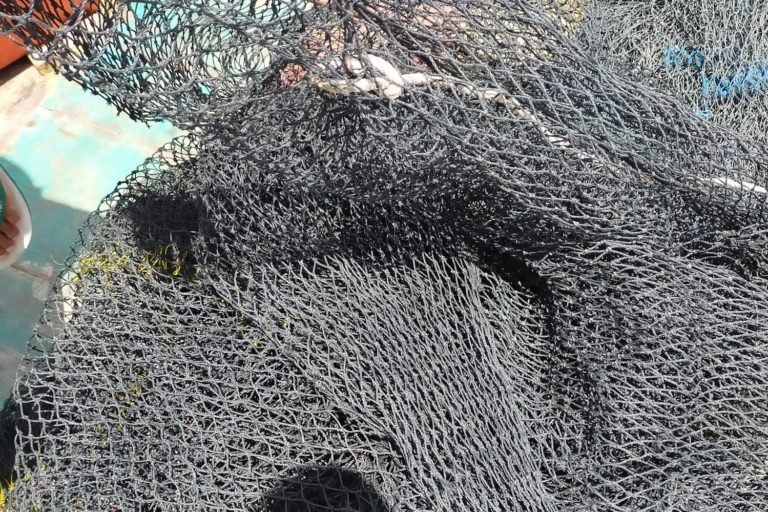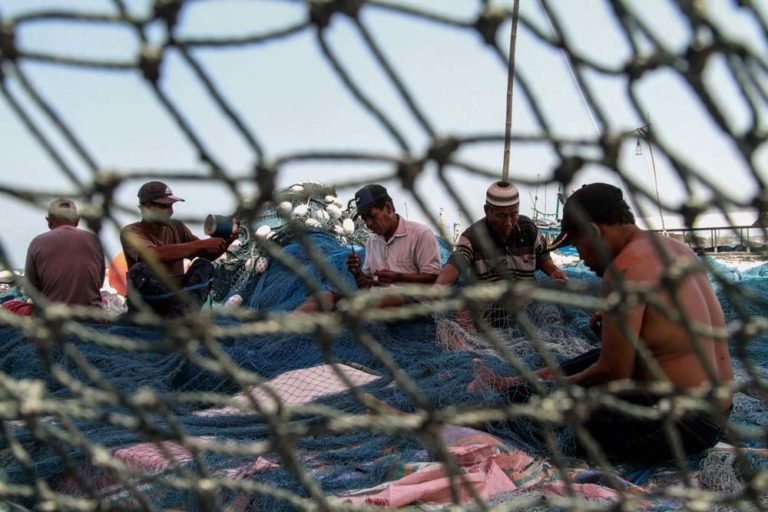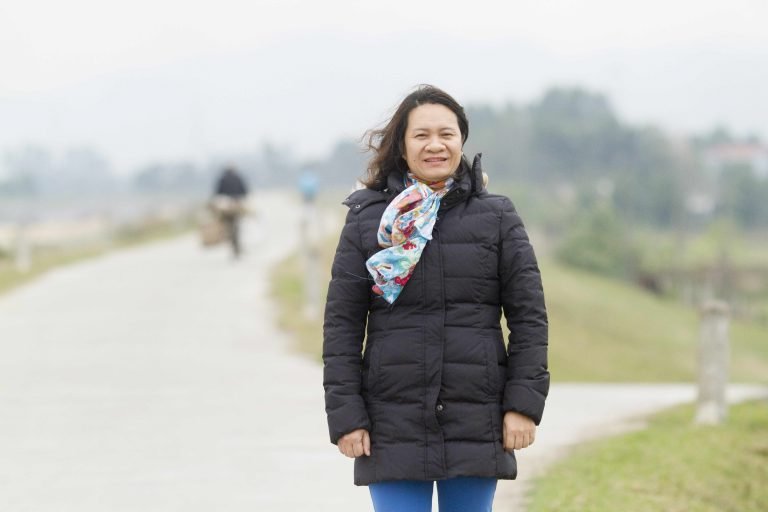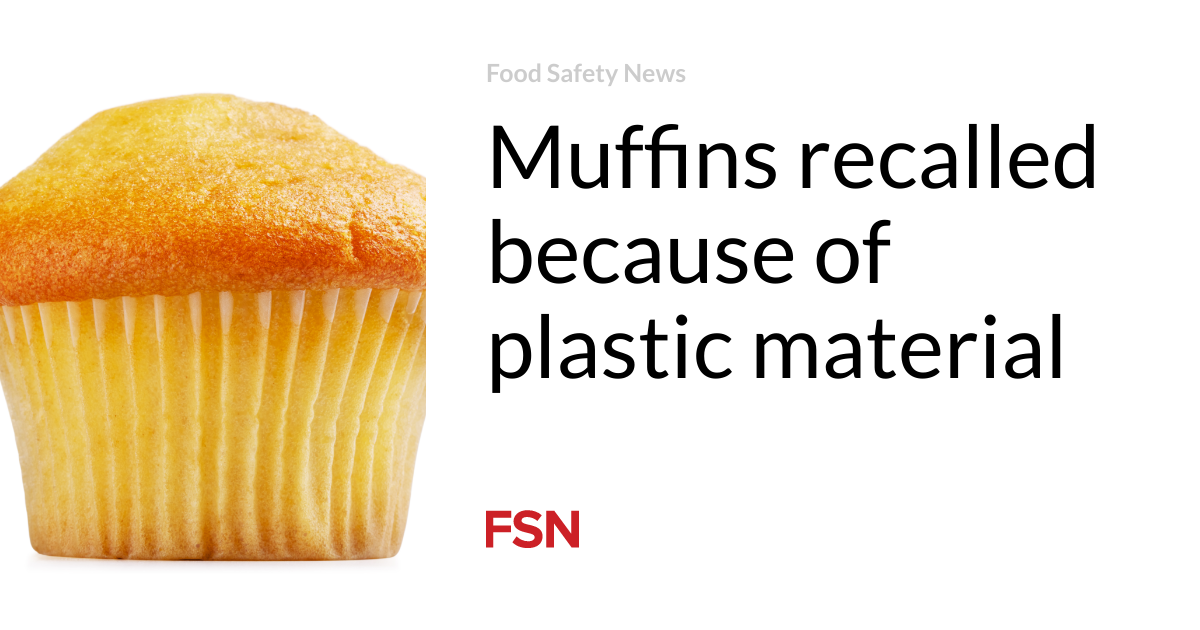- Fisheries observers say a year-old ban on a seine net considered unsustainable and destructive has been largely ineffective.
- Reports show fishers continue to use the square-meshed cantrang net despite the ban, and can even modify the diamond-meshed replacement introduced by the fisheries ministry.
- While in theory the replacement net should allow juvenile fish to escape, in practice it’s used much the same way as the cantrang, threatening already depleted fish stocks around the country.
- Observers blame the continued violations on authorities’ reluctance to crack down on the hugely popular cantrang for fear of angering the millions-strong and politically important demographic of fishing communities.
NATUNA/JAKARTA, Indonesia — A year after it was introduced as a replacement for a type of fishing net long seen as unsustainable, the square-mesh seine net has prompted concerns from fisheries experts in Indonesia.
The jaring tarik berkantong net was meant to be the less-destructive successor to the widely used cantrang net, which the Indonesian fisheries ministry effectively banned in July 2021. On paper, there are clear differences between the two: the jaring tarik berkantong has a square-shaped mesh, with a mesh size of 5 centimeters (2 inches), making it less likely for baby fish to be caught than in the diamond-meshed cantrang, with a mesh size of 2.5 cm (1 in).
“Of course, there’s hope that the replacement has had some impact because the ministry must have done their research” when introducing it, said Oktavianto Darmono, a marine researcher at the think tank Fisheries Resource Center of Indonesia (FRCI).
“But if you ask me if the impact has been significant, frankly speaking, no.”
In the year since the change was imposed, reports have been published and submitted to the fisheries ministry about violations related to the use of both cantrang and its replacement. In a recent interview with Mongabay, Oktavianto said the only difference between cantrang and jaring tarik berkantong is the shape of the mesh. In practice, both nets are dragged close to the seafloor, similar to trawling — a practice that’s prohibited in Indonesia, Oktavainto noted.
The reported violations also highlight poor monitoring by authorities, said Irfan Yulianto, a fisheries researcher also at FRCI. He said both types of nets were virtually identical and that it could take fishers less than an hour to modify a jaring tarik berkantong into a cantrang.
“That is why there are cases where boats leave ports carrying the square-meshed nets, but at sea, they’re found to be using diamond-meshed nets. They can change the mesh quite easily,” Irfan said.
Irfan added that while jaring tarik berkantong was theoretically a more sustainable solution to cantrang, the fisheries ministry must evaluate its enforcement and improve monitoring at sea.
In response to recent incidents, the fisheries ministry said it would beef up monitoring and law enforcement among fishing boat owners. The ministry also called on local authorities in waters up to 12 nautical miles (22 kilometers) from shore, which falls under their jurisdiction and where much of Indonesia’s small and traditional fishers operate.


Oktavianto said the decision to replace cantrang with jaring tarik berkantong had gone through in-depth and extensive debate internally within the fisheries ministry, given the political reluctance to ban the hugely popular cantrang.
The ban was initially imposed in 2015 by Susi Pudjiastuti, the fisheries minister at the time, who blamed the net for depleting fish populations at unsustainable rates and destroying coral reefs when it snagged on them. But the ban faced a massive pushback from fishing communities on the north coast of Java, a region known as Pantura on Indonesia’s most populous island. These fishers have traditionally used cantrang in the Java Sea, and they historically represent a sizable voting bloc, making the cantrang ban a loaded political issue. In response, the fisheries ministry exempted the Pantura fishers from the ban and gave them a three-year grace period to give up their cantrang nets.
However, the ban was officially lifted in November 2020 by Edhy Prabowo, who replaced Susi as the fisheries minister, citing efforts to boost catches and in turn attract greater investment in Indonesia’s marine capture fishery. (Edhy was arrested a week later on unrelated corruption charges and was later sentenced to nine years in jail.)
Oktavianto said that despite cantrang currently being prohibited, law enforcement against its continued use remains very poor. That’s in large part due to resistance from the fishing community, and also the fact that the cantrang fishery contributes significantly to local economies. Landing the catch from a single cantrang boat can involve 30 to 40 workers, with another 20 to 30 engaged in processing the catch, Oktavianto said.
“At the end of the day, this is about people’s incomes and jobs,” he said.
While it’s reasonable to take these political and economic factors into consideration when crafting policy around fishing equipment, the fisheries ministry must still prioritize the sustainability of the country’s fish stocks, said Abdul Halim, executive director of the Indonesia Maritime Research Center. He said both the cantrang and its replacement were destructive in practice to the marine ecosystem and would continue to deplete the country’s fish stocks.
Data released by the fisheries ministry in early July put Indonesia’s estimated fish stocks at 12 million metric tons, down almost 4% from the 12.5 million metric tons estimated in 2017. The data also show that 53% of the country’s fisheries zones, known as WPPs, are now deemed “fully exploited,” up from 44% in 2017, and indicating that more stringent monitoring is required.
“We must consider the potential destruction that this poses, especially when there’s a possibility of depleted fish stocks, and that’s why this must be banned,” Abdul told Mongabay Indonesia.

Basten Gokkon is a senior staff writer for Indonesia at Mongabay. Find him on Twitter @bgokkon.
FEEDBACK: Use this form to send a message to the author of this post. If you want to post a public comment, you can do that at the bottom of the page.











